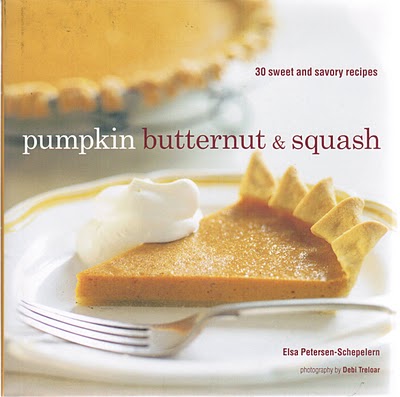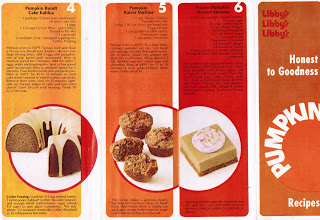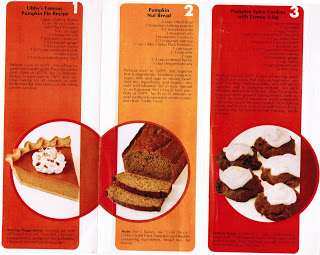Pumpkins and squash have a long history, going back to the ancient Americas. Archeologists have determined that variations of squash and pumpkins were cultivated along river creek banks along with sunflowers and beans. After the emergence of corn, ancient farmers decided to grow squash, corn, and beans together. This was because the bean roots set nitrogen in the soil to nourish the corn; the bean vines stabilized the corn stalks, and the squash plants sheltered the shallow roots of the corn and shaded the ground to discourage weeds and preserve moisture. Our early Native American farmers were actually practicing an early form of sustainable agriculture! Pretty darn cool.
The Native Americans roasted pumpkin strips over campfires, used pumpkin seeds as medicine, and dried pumpkin to make into flour. They also dried the shells and used them as bowls, and also used the shells as containers to store grain, beans, and seeds. Indians introduced pumpkins to the Pilgrims, which kept the Pilgrims from dying of starvation. The Pilgrims wrote the following poem in 1633 concerning their dedication to pumpkins:
“For pottage and puddings and custards and pies
Our pumpkins and parsnips are common supplies,
We have pumpkins at morning and pumpkins at noon,
If it were not for pumpkins we should be undoon.”
The Indians and Pilgrims would have loved the recipes in this cookbook, which has such pumpkin offerings as pumpkin raisin bread, griddle cakes, biscuits, soups, tartlets, cakes, and pies. My favorites are the pumpkin gnocchi, risotto, and curried dishes. Other squash ideas sound just as delectable – butternut curry with chicken and spinach; Moroccan tagine; squash and miso soup; and crispy Indian pakoras. I also have many old pumpkin booklets that used to be given away at grocery stores when you bought pumpkin, like this one from Libby’s:
There really is more to pumpkin than a pie!











No comments yet.